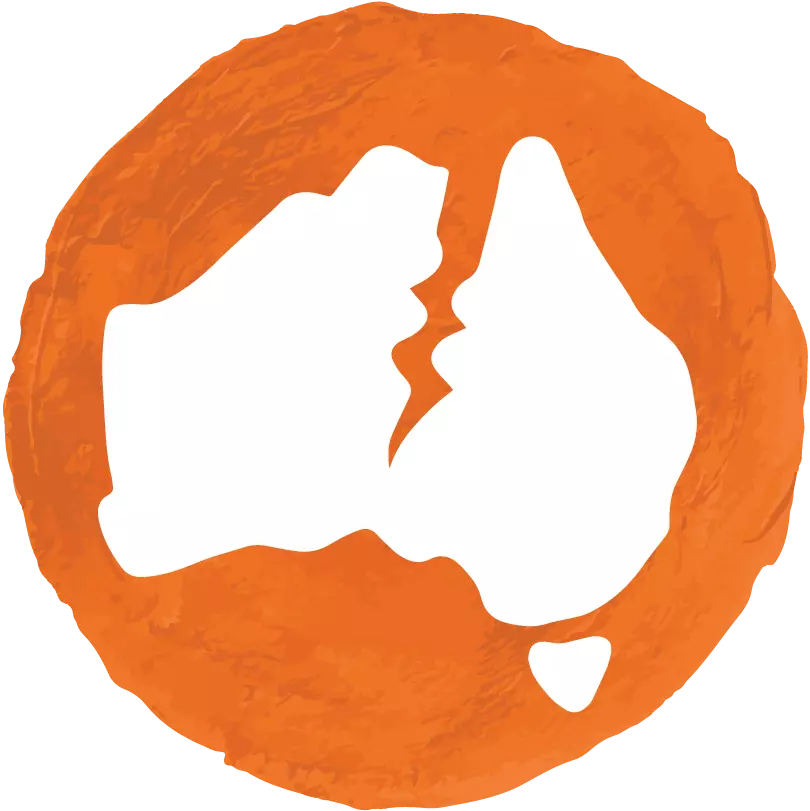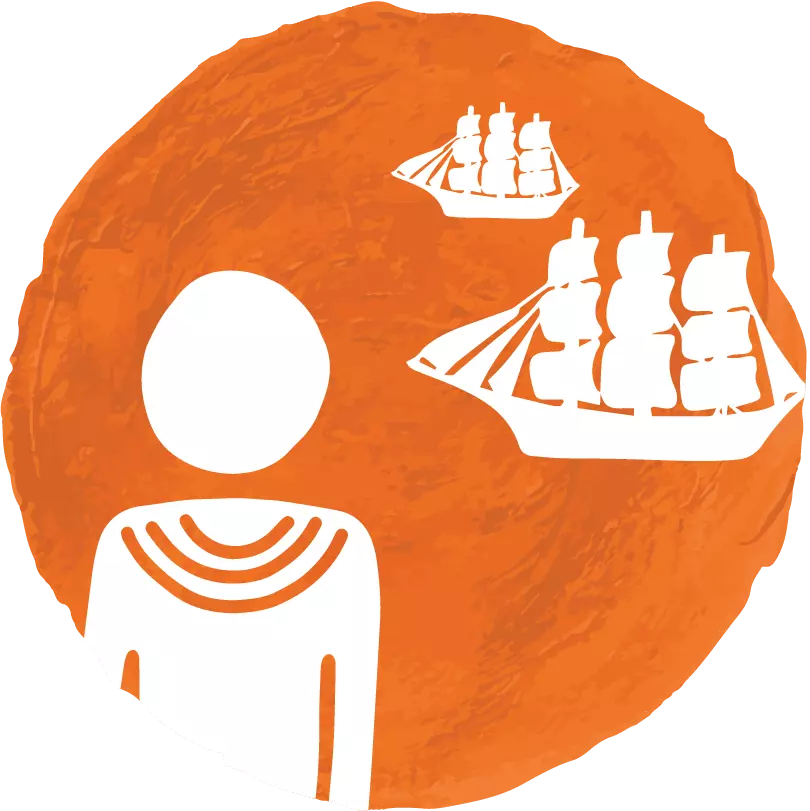You may have attended an event and heard a Welcome to Country or an Acknowledgement of Country. It’s important to understand what these are and what the difference is between the two. Knowing this helps us understand why these practices continue today.
These practices aren’t new – they’ve been part of First Nations cultures across this continent for many thousands of years and are of great significance to many First Nations people.
Welcome to Country and an Acknowledgement of Country recognise the continuing connection Aboriginal and Torres Strait Islander people have to their land. You can learn more about connection to Country here.
Continue reading
Enjoy access to free resources
Register nowAlready registered? Login

 The Wound
The Wound
 Our History
Our History
 Why Me?
Why Me?
 Our Cultures
Our Cultures
 My Response
My Response





